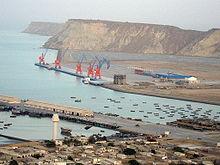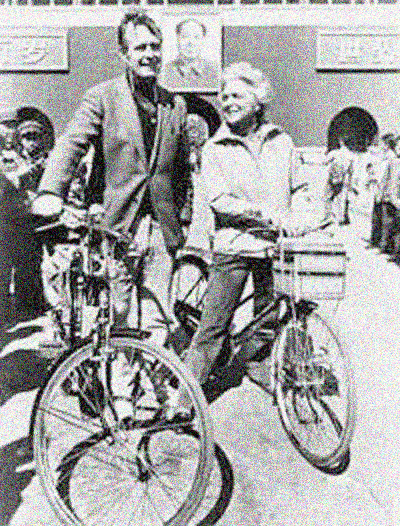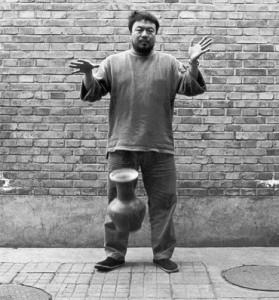China’s “string of pearls” consists of port and airfield construction projects, diplomatic ties, and force modernization. These “pearls” range from the coast of mainland China to the recently upgraded military facilities on Hainan Island, China’s southernmost territory. They extend through the South China Sea to the Strait of Malacca, over to the Indian Ocean and along the coast of the Arabian Sea and Persian Gulf. They include an airstrip on Woody Island in the Paracel archipelago east of Vietnam. A container shipping facility in Chittagong, Bangladesh, a deep-water port in Sittwe, Myanmar, and a potential naval base in Gwadar, Pakistan are also “pearls,” all of them representing Chinese geopolitical influence or military presence.



